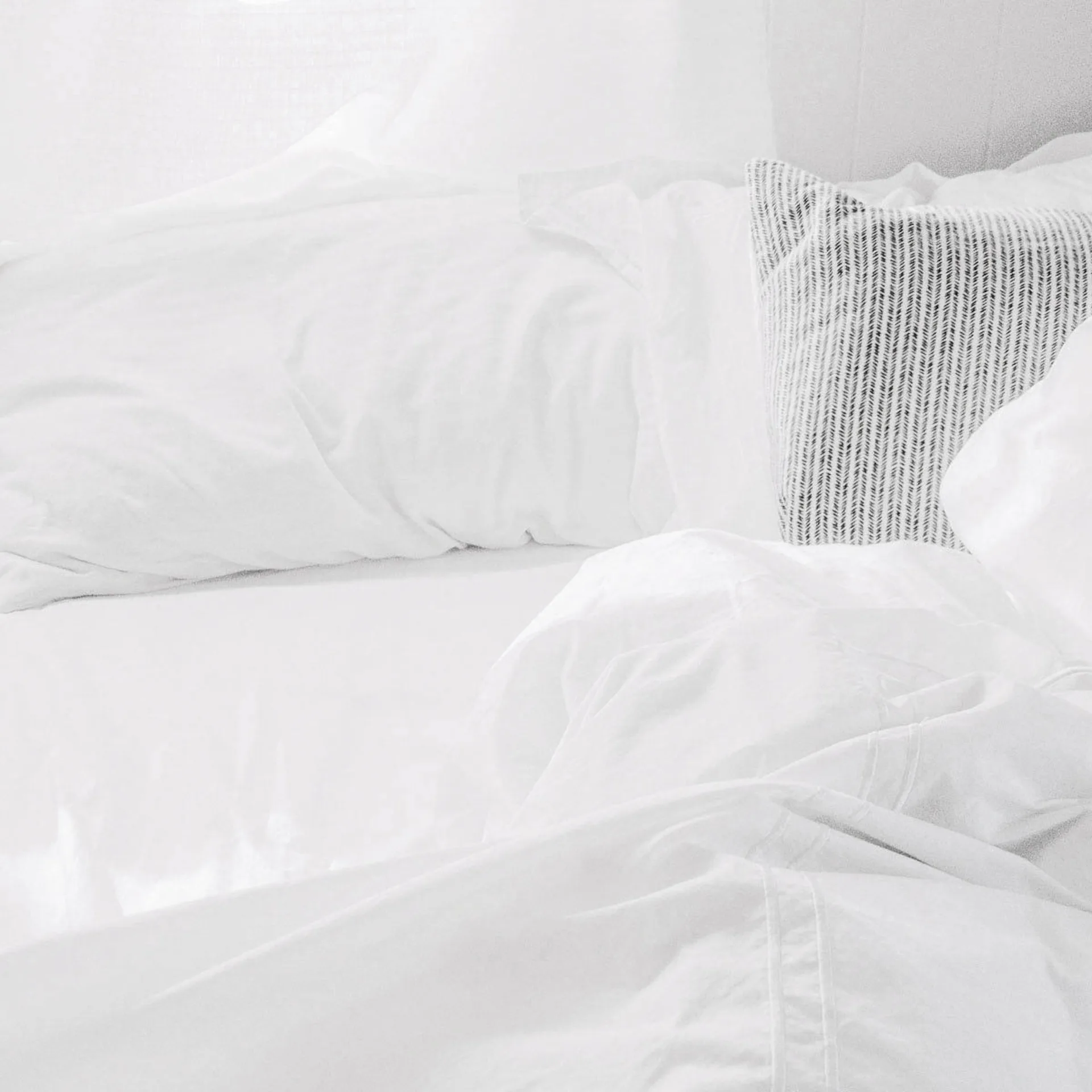Why Astaxanthin, Salmon’s Pink Color, Is the New Skin Savior
The power of pink.

Raise your hand if you’ve shelled out for a beauty supplement because it promised you glowing skin, only to gaze at your reflection after two months of devoted consumption to see zero difference. You’re not alone. But how do you avoid paying big bucks for something that just doesn’t work? According to a lot of research, the secret may lie in astaxanthin (pronounced asta-ZAN-thin), the natural strain of algae that makes shrimp and salmon so vividly pink.
If you’re a devout ingredient-label reader, you might have noticed a surge in astaxanthin in your skin care or beauty products. “Because of Astaxanthin’s clinically validated health benefits for skin […] it is perhaps the very best nutrient for anyone over the age of 40 to take on a daily basis,” explains Bob Capelli, the Executive Vice President of Global Marketing for astaxanthin maker AlgaeHealth. But don’t just take his word for it. Scientific research has proven astaxanthin’s many skin benefits.
Here’s a run-down on what astaxanthin can do for your skin.
Astaxanthin boasts unbelievable antioxidant powers
You know how skincare enthusiasts are all about getting vitamins A, C and E? That’s because these vitamins are powerful antioxidants. Antioxidants fight against free radicals that cause skin damage, making your skin look younger and more vibrant.
Get this: university studies have shown that as an antioxidant, astaxanthin is up to 1,000 times more effective than vitamin C, 500 times more effective than vitamin E and 10 times more effective than beta-carotene (vitamin A).
According to William Sears, MD, who’s on the medical advisory board for Nutrex Hawaii, there are lots of ways to test antioxidant strength. “In every test which compared astaxanthin antioxidant strength to other known antioxidants (vitamin C, beta-carotene, vitamin E, pycnogenol, etc.), astaxanthin always was found to have the highest antioxidant strength.”
Astaxanthin makes your skin look younger—visibly
Knowing about astaxanthin’s antioxidant properties is great, but the proof is in the results. “As amazing as it may seem, the daily internal consumption of 4 mg to 6 mg of natural astaxanthin can improve the appearance and the quality of skin in four to six weeks,” says Capelli.
One of the most important clinical trials on astaxanthin was a Japanese study published in 2006. The trial took place over eight weeks and demonstrated the effects of oral astaxanthin supplements on healthy female and male volunteers. After eight weeks, researchers found that the subjects showed significant improvements in the signs of aging, including wrinkles, elasticity, moisture content and skin texture.
A 2017 study also showed the effects of astaxanthin supplements for middle-aged volunteers. In this study, participants took just 4 mg of astaxanthin each day for four weeks. At the end of the study, researchers found that the participants’ skin took on “characteristics of skin associated with a younger age.”
Astaxanthin helps get your collagen up
When it comes to having younger-looking skin, it’s all about collagen, the most common protein found in your body. In skin care, it’s responsible for that taut, bouncy look we all associate with healthy skin.
Astaxanthin helps to stimulate the continuous production of collagen in the skin, maintaining skin tone, elasticity, and firmness.
“Wrinkling, thinning and sagging of the skin, such as when the skin ages, is caused by weakened collagen. Since most collagen damage is caused by oxidation, astaxanthin as a powerful natural antioxidant is good for skin health. This is why astaxanthin is known as ‘an internal beauty pill,” Dr. Sears affirms.
If you are considering adding a collagen supplement to your internal beauty regiment to further help your skin, hair, nail and joints you can read more in our guide to The 10 Best Collagen Supplements You Can Trust.
Astaxanthin shields you from the negative effects of the sun
“After astaxanthin has had time to accumulate in the skin, it has demonstrated a protective effect against the ongoing ravages from ultraviolet light exposure,” says Capelli. Similar to vitamin C, astaxanthin has photo-protective properties. It doesn’t shield or absorb UV light, but it can help minimize sun damage.
Experiments show that skin gets considerably less damage if it is pre-treated with astaxanthin before sun exposure. Furthermore, skin recovers quickly from sun damage after topical application of astaxanthin.
Sunburn is the formation of erythema (redness and swelling)–an inflammatory process. Due to potent anti-inflammatory properties of astaxanthin, it can help protect the skin from developing sunburn or to soothe a sunburn after its formation. Therefore, astaxanthin provides excellent sun protection within the skin as an internal sunscreen.
In fact, astaxanthin is such a powerful sun protectant that a U.S. company was awarded a patent for its use as an internal sunscreen in 2002. (Note: Whether or not you decide to pop a pill, always use topical broad-spectrum sunscreen for full protection.)
Astaxanthin makes your skin healthier (not just prettier)
Looking gorgeous is great, but what about the long-term health of your skin? According to Capelli, “Astaxanthin has demonstrated that it not only can improve the appearance and quality of the skin, but it can also improve the health of the skin as well.”
Your skin cells are prone to DNA damage, which is considered a root cause of skin cancer. A 2002 study from Ireland examined the effects of astaxanthin on DNA damage. Scientists found that astaxanthin effectively protected skin cells from DNA damage, proposing that it could help prevent skin cancer from forming.
How to take astaxanthin properly
Astaxanthin occurs naturally in several foods, including salmon, krill, shrimp, and crab. But you’d have to eat a lot of these foods every day to equal the amount found in oral supplements.
Are oral supplements the only way to reap the benefits? According to Dr. Sears, “It is more effective and more convenient to orally consume astaxanthin than apply it topically. Astaxanthin has a potent red color and very low concentration must be used in topical creams so that the skin does not become red.”
In his medical practice, Dr. Sears tells his patients that skin health is an outside/inside job. That means it’s not only what you put onto the skin (such as topical ointments) but also what you put into the skin. That’s where astaxanthin shines–it gets into the root of the skin and protects the skin from the inside out.
How much astaxanthin should you take? The recommended dosage is between 4 and 8 mg daily. As with any dietary supplement, consult with your health provider before taking astaxanthin, particularly if you take prescription medication.
Are natural and synthetic astaxanthin the same?
Natural and synthetic astaxanthin are very different. The antioxidant properties of natural astaxanthin are at least 20 times greater than that of synthetic astaxanthin. There are also no proven skin benefits of oral supplementation with synthetic astaxanthin, so make sure your astaxanthin is natural.
Health nuts are constantly raving about the health benefits of salmon. Now we know its pink color does a whole lot too. Who would’ve thought?
*Disclaimer: Help support Organic Authority! Our site is dedicated to helping people live a conscious lifestyle. We’ve provided some affiliate links above in case you wish to purchase any of these products.
Related on Organic Authority
Natural Beauty Supplements: How to Get Glowing Skin in an Instant
Do Collagen Supplements Work on Wrinkles and Sagging Skin?
True Story: This Vitamin D3 Shot Took My Already Clear Skin to the Next Level

